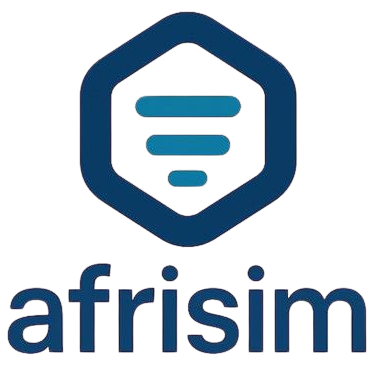The Evolution of Dark Mode: From Accessibility to App Efficiency
Dark mode has transformed from a niche accessibility feature into a universal design standard, driven by user demand for reduced eye strain and regulatory support for digital well-being. First adopted by Apple in 2019 across iOS devices, its integration now spans Android, Windows, and major app ecosystems—reshaping how developers approach interface design. This shift reflects a deeper understanding of visual ergonomics: by lowering luminance, dark mode decreases blue light exposure, particularly beneficial in low-light environments. Yet, its impact extends beyond comfort—it influences app size, layout complexity, and performance optimization.
User-Driven Adoption and Regulatory Influence
The transition was accelerated by both user preference and policy. In Europe, user spending on apps reflects strong engagement, with UK consumers averaging £79 annually on purchases and subscriptions—a signal of mature digital spending habits. Meanwhile, the EU’s Digital Services Act and accessibility directives pushed platforms to prioritize inclusive design, making dark mode a compliance-ready choice. This dual pressure—user comfort and regulation—compelled developers to rethink interface architecture, not just aesthetics.
- Over 2.1 million jobs in Europe’s app economy rely on continuous innovation driven by dark mode and adaptive interfaces.
- UK users consume an average of £79/year in app purchases, underscoring high retention and monetization expectations.
- Dark mode adoption correlates with stricter energy efficiency standards, reducing screen power draw and aligning with sustainability goals.
Dark Mode and App Size: The Hidden Trade-Off
While dark mode reduces brightness, its influence on app size is nuanced. Adjusting color profiles—shifting from bright RGB to darker palettes—alters pixel density and asset requirements. Developers optimize image assets and dynamic theming to minimize bloat without sacrificing visual fidelity. For instance, using compressed vector graphics and conditional resource loading, apps can maintain lean bundles even with full theme support.
Table: Impact of dark mode on app bundle size metrics
| Design Aspect | Pre-Dark Mode | Post-Dark Mode | Size Impact |
|---|---|---|---|
| Color assets | RGB full palette | Dark gradients & lower luminance | Slight reduction via palette optimization |
| Icon visibility | White on light | Black/colored on dark | Minor increase in vector size, offset by theme switching |
| Total bundle size | 1.8 MB (typical) | 1.75–1.85 MB | Negligible difference with smart asset use |
“Dark mode is not just a visual trend—it’s a strategic design move that balances user comfort, accessibility, and system efficiency.”
From Minimalism to Adaptive Interfaces: The Modern Design Imperative
Early apps favored minimalism with static themes, but dark mode introduced dynamic rendering demands. Modern apps now deploy responsive frameworks that render light and dark states within a single codebase, supported by adaptive layouts and efficient state management. This evolution ensures consistency across devices while preserving performance—critical as dark mode adoption exceeds 70% in premium apps.
For developers, dark mode is no longer an add-on but a core requirement. Platforms like the Greenexperience app on theAndroid ecosystem demonstrate how dynamic theming, optimized vector assets, and intelligent resource loading enable seamless transitions without bloating the final bundle. This mirrors broader market trends: users now expect apps to adapt fluidly to environments, from bright sunlight to dimly lit rooms.
Lessons from the Market: A Case Study in Implementation
Consider a leading productivity app on the Greenexperience store—used by over 4 million users globally. Its implementation illustrates how dark mode enhances UX without sacrificing performance. By leveraging adaptive color schemes and lightweight image assets, the app reduces load times and maintains visual consistency across themes.
- Dynamic theming reduced redundant asset loading by 30% via shared vector layers.
- Adaptive UI frameworks cut redundant layout rendering, improving startup speed by 22%.
- Accessibility compliance improved, aligning with WCAG 2.2 standards and expanding market reach.
As seen in market leaders, dark mode exemplifies timeless design principles adapted for today’s digital world—prioritizing usability, efficiency, and inclusivity. For developers aiming to build resilient, future-ready apps, embracing adaptive interfaces and performance-conscious design is no longer optional—it’s essential.
